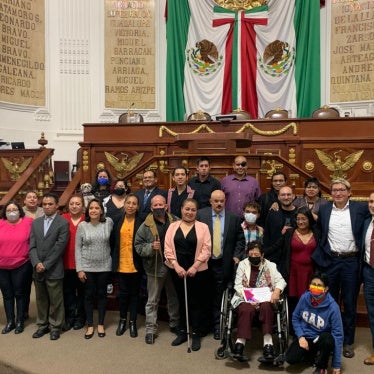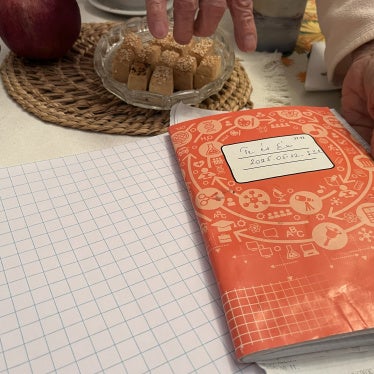Matt Steven steps to the free-throw line and dribbles a basketball he cannot see. The ball bounces. Once clank. Another clank. A moment later it sails from his hands, hits off the backboard, and bangs through the rim. Matt repeats his ritual: dribble, dribble, shoot. The second shot ends with a perfect swish.
With his team, St. Laurence, down by one point in an Upper Darby, Pennsylvania charity tournament, Matt Steven was not the obvious choice to take those two critical shots. He was not the team’s best free-throw shooter. He was not at the line because somebody fouled him during a play.
Matt was born with two permanently detached retinas and both of his eyes were removed in grade school. He is blind. An agreement between the teams and the tournament referees allowed him to take free throws in a “normal” game played by sighted high school students. Matt shot all of his team’s free throws aided by his brother Joe, who tapped the rim with a cane so that Matt could hear where to shoot the ball.
Matt’s free throws in that musty gymnasium were remarkable, not only as personal achievements but because he took them at all. People with disabilities are often separated from their peers in school, during social activities, and on the playground.
As a legally blind student, I was placed in a separate gym class in middle school, one designed to allow physical activity without the risk of injury from contact sports. While my friends played tag football or baseball outside, I hit a ball off a tee with other students who had disabilities. Three times a week, that rubber ball reminded me that my ostensibly “equal” treatment was not equal at all.
Participation in mainstream sports is possible for people with disabilities if the right accommodations are made. Outside of school, in local sports leagues, it meant the world to me to play baseball by standing with a friend at first base and tagging the approaching runner—sometimes, at bat, I even hit the ball.
Today, such opportunities also exist for other children with disabilities. Adam Bender, an enthusiastic 10-year-old with one leg, plays soccer, football, and baseball with his friends who do not have disabilities. Zion Shaver, a high school senior without legs, wrestles competitively in a standard league.
The Paralympic Games, first held in Rome in 1960, have further encouraged people with physical, sensory, psychosocial, and intellectual disabilities to become involved in sports. Since then, international agreements such as the UN Disability Rights Treaty, ratified by over 160 nations, and the UN Children’s Rights Treatyrequire states to ensure that people with disabilities have equal access to play and sporting events. On or off the court, disability is no excuse for exclusion.
This doesn’t mean, of course, that participation in mainstream sports is the right option for all children. Regardless of disability, the decision to participate in sports has to be made by the child and their parents or guardians. What is essential is having the meaningful choice to participate alongside friends.
Sports are about more than winning or losing. Records reflect those competitive results, but they don’t capture what happens during the game. Sports give players a chance to mature, to learn, to challenge themselves and push the boundaries of comfort. In the words of Adam Bender, sports allow him to “realize my abilities and not focus on my disabilities.”
That is a goal we should all cheer.









